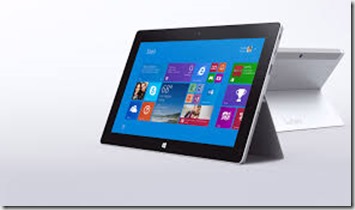Universal apps were one of the major selling points of Windows 10. Microsoft decided to emulate somewhat and take it to the next level, what Apple had done with its latest Mac versions, where there was continuity between Apple iPhone devices and Macs. Universal Apps was Microsoft’s response. Universal Apps allows developer to create apps which can run on desktops, tablets and mobile devices alike.

The basic idea is you can use the same core code, only altering the UI code for each case ie mobile, desktop and tablet. Thus they have a universal business logic which need not be overwritten but you can customize your view to each device. This was a big pitch to developers, since it allowed porting of many apps, and even adding new apps to the mobile app system of Windows from its desktop counterpart. The first few examples were the new Office suites from Microsoft which were Universal apps. Another advantage it provided is, that you have shared resources, so content, data, and purchases can be shared between the mobile device and desktop, thus offering seamless connectivity.
Microsoft recently announced that it will be releasing Update 3 for Windows RT devices. For those who don’t know Windows RT is a specific version of Windows which runs on ARM based processors and is commonly found on tablets especially the Surface Series. Although it has a full desktop, it cannot run any desktop software except the few preinstalled. You can only install Metro/Modern apps. Now with Update 3 Microsoft will prevent users from running universal apps. This clearly shows Microsoft has failed with Windows RT and wants to shut it down. In its defence Microsoft quoted that many good quality apps are already available in the App store for Windows RT users
This was a double whammy for Surface 2 users since they won’t be getting Windows 10 as well. This clearly shows Microsoft’s lack of interest in developing the tablet segment and instead focus on desktop and mobile devices. In fact Tablet was a popular craze a few years back, but slowly it failed to gain traction and has now become almost non existent with phablets taking over its roles. If you own a Surface 2 hard-luck mate.